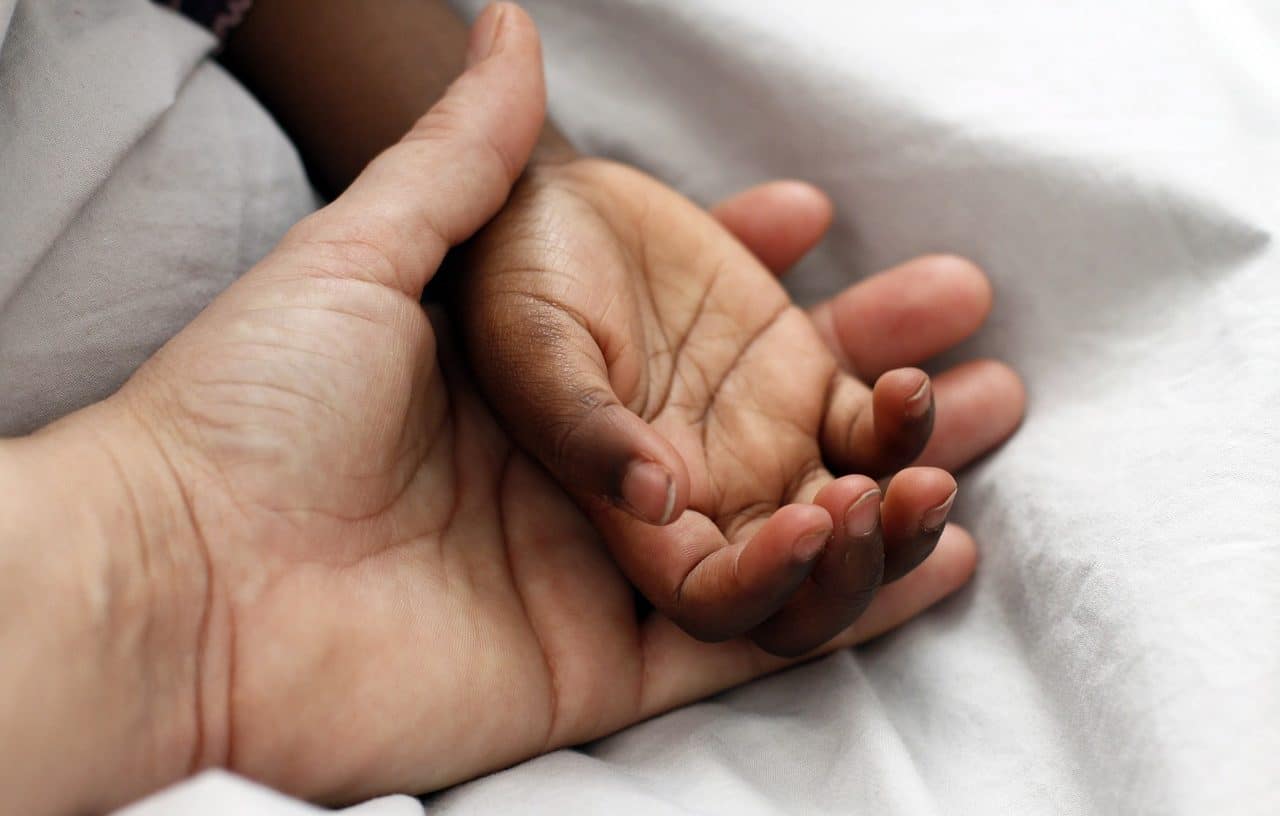
A restitution means returning something to its owner, making a thing recover a previous state or allowing someone to return to their place of origin.
Restitution is a term with etymological roots in the Latin restituĭo . It is about the process and result of restitution (putting something in the state in which it was previously, returning a thing to its owner, making an individual return to its place of origin).
For example: “The government will promote a law for the restitution of lands to the native peoples” , “The restitution of the mayor was challenged by all sectors of the opposition” , “The judge must decide in the coming days on the eventual restitution of the minor to his family.”
Restitution as return
The idea of restitution is usually used with respect to a return . If we take the previous examples, a law to restore land to Aboriginal people would mean that ownership of certain land would return to its original owners . The restitution of the mayor, for its part, implies that the president regains his position, while the return of a minor to his family means that the child returns to live with his relatives.
It is known that many aboriginal peoples have suffered and continue to suffer deep contempt from the governments that claim to be the current owners of their territories . Unhappy with building cultures that learn to mock other people's history, the authorities carry out all kinds of abusive measures to dispossess these people of their lands, using force if they believe it is necessary. The differences in numbers and preparation for armed confrontation (it is worth mentioning that the aborigines are not usually in favor of using force over words) lead to inevitable failure, despite the efforts of some to achieve the definitive restitution of their land.

Restitution can be associated with allowing someone to regain their identity.
Identity recovery
The concept of restitution is frequently used when referring to the recovery of identity . In Argentina , during the last military dictatorship ( 1973 – 1983 ) there were thousands of babies who were born when their mothers were kidnapped and illegally detained. These children were stolen from their mothers and given to other families, usually without them knowing their true identity.
In this way, human rights organizations speak of the restitution of identity when one of these people (now adults) is identified and put in contact with their blood relatives.
Restitution and photogrammetry
Another area in which the word restitution is used is photogrammetry , a technique used to determine the spatial situations and geometric properties of objects that have been photographed. Among the fields in which photogrammetry is applied are cartography, architecture, agronomy, archeology and disaster reconstruction by security forces.
When two photographs are used per area, it is possible to take advantage of the principles of stereoscopy to have a more precise notion of the depth and dimensions of the elements.
An edict of Ferdinand II of Habsburg
Ferdinand II of Habsburg was an important figure in history , and in his short life ( 1578 to 1637 ) he held more than one royal office: he was Archduke of Austria , King of Hungary , and Holy Roman Emperor . After the Peace of Augsburg (also known as the Peace of Religions ), a treaty that sought to resolve the conflict of the Protestant Reformation, Ferdinand II decided to promulgate the Edict of Restitution , since he had not been satisfied with the amount of lands that he had obtained for his regime.
Through this edict, it became illegal to secularize ecclesiastical lands and it was required that those that had been secularized since 1552 be restored. Likewise, he denied legal protection to Calvinists. Although the princes agreed with much of this decree, they doubted its legitimacy, and believed that it was a step towards absolute monarchy by Ferdinand II .
